Susannah Lai & Alex Vipond
This panel was moderated by A/Prof Jairus Grove and featured Peter Bruza (Queensland University of Technology), Elsa Kania (Center for New American Security) and Ivan Kassal (USYD/Chemistry)
Peter Bruza
An expert in mathematical psychology, Bruza’s research is focused on developing new models of human cognition using the formalism of quantum theory. He sought to discover quantum’s applicability through the study of human decision making under uncertainty. He outlined three theories of cognition. The first is the bottom up view that humans employ heuristics when faced with information overload or too little time to make a decision. These biases don’t generalise across different environments. In the top down approach, humans operate through a set of normative rules that move across environments like utility theory or belief networks. The third theory is quantum cognition.
The rules of probability in this theory are drawn from quantum mechanics. Using the example of how people decide to trust images, Bruza explained that people were unable to separate their knowledge of the person in the image from their analysis of its reliability. His quantum-like decision making model demonstrates that people do not exist in fixed binary positions before making decisions but can superimpose several different inter-related decision spaces to make a judgement on an image.
This leads to questions about how humans employ traditional models of the hot emotional and cold analytical sub systems of decision making and whether they can be separated. Emerging research by Ehtibar N. Dzhafarov of Purdue University suggests that there are limits to when these sub systems are employed. Bruza hopes by importing more quantum probability it will give mathematical psychologists the necessary tools to find where these limits are and what lies beyond them.
Elsa Kania
Kania focused on Chinese military innovation and examined Chinese development of quantum technologies. Quantum technologies are viewed by China as strategic game changers and they aspire to lead the world’s next quantum revolution. The People’s Liberation Army (PLA) believes this is an important component of the transformation of their military doctrine to informatized warfare.
In order to achieve dominance, the Chinese government is spending more than 1 billion dollars on a new quantum research centre. Leading quantum scientist Pan Jianwei has stated that they are actively recruiting talent to create military technologies such as quantum radar and ghost imaging satellites. These are designed to negate stealth technology on fighter and bomber aircraft. Reports that Chinese scientists have developed a quantum radar capable of detecting targets at 100km is contentious and was questioned by quantum physicists such as Jacqui Romero.
Kania posited that as China seeks to neutralise the United States’ cyber-offensive advantage through quantum communications, the possibility for strategic miscalculation and conflict will increase. However, this is contingent on the reality of what can be delivered vs. the hype of vested commercial and government interests. It should be noted that most quantum advances are built on a foundation of global scientific cooperation.
Ivan Kassal
Dr Kassal opened by contentiously declaiming any quantum effects above the nanoscale level. Nevertheless, his presentation mentioned a wealth of exciting possibilities for our understanding of certain biological processes through better understanding of their quantum processes. Kassal researches the energy transport in photosynthetic complexes, which is a process that we have not been able to fully comprehend without the key factor of quantum mechanics. While Marcus theory is adequate for describing singular molecule to molecule charge transfer, it becomes difficult when recognizing that charges in photosynthesis are delocalized, resulting in complex quantum-chemical interactions.
This means that if a quantum computer were able to successfully model these effects for study, it could revolutionize the way we design and construct solar cells. Our current solar technology is very sadly lacking in comparison to the ability demonstrated by single-celled organisms, and new understanding and ability to model the process could be the key to making solar a much more viable source for society’s ever-increasing demands for energy, and clean energy at that.

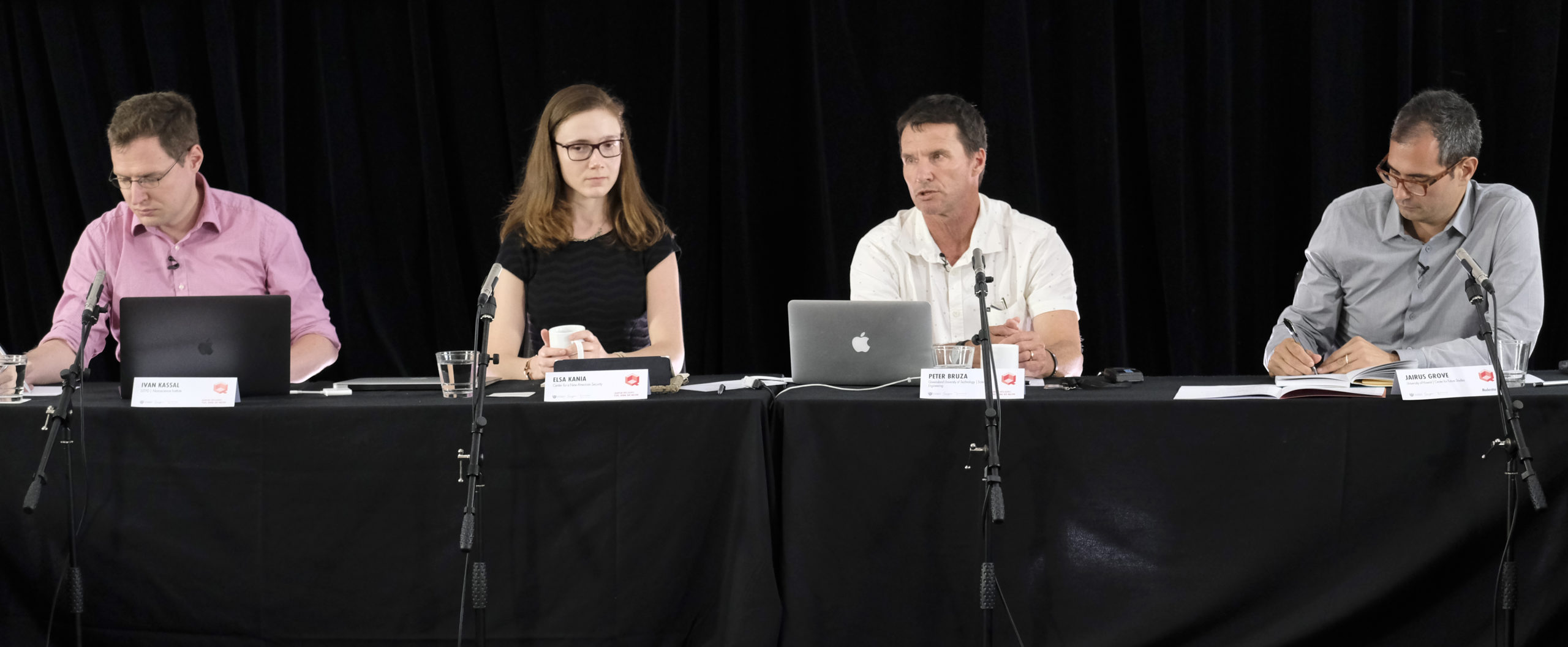
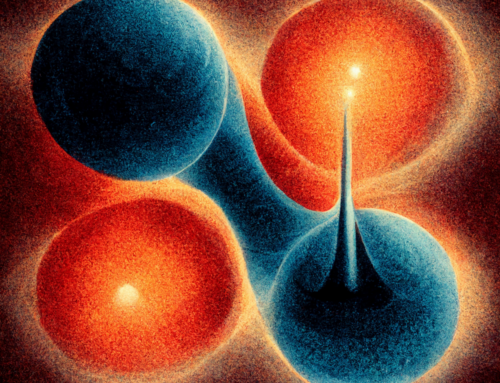
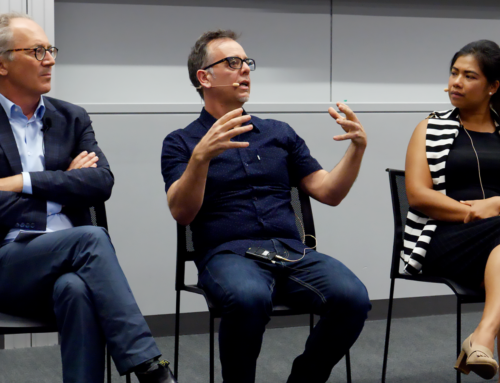
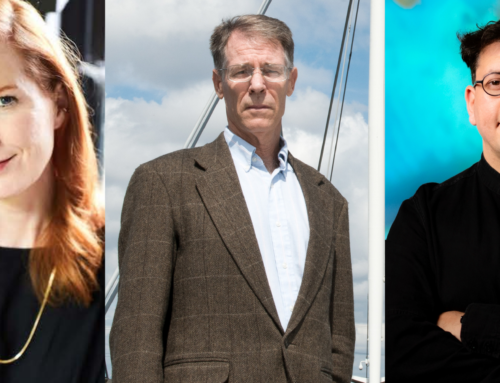

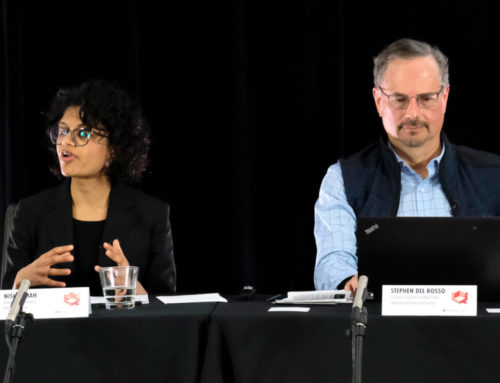
Leave a Reply